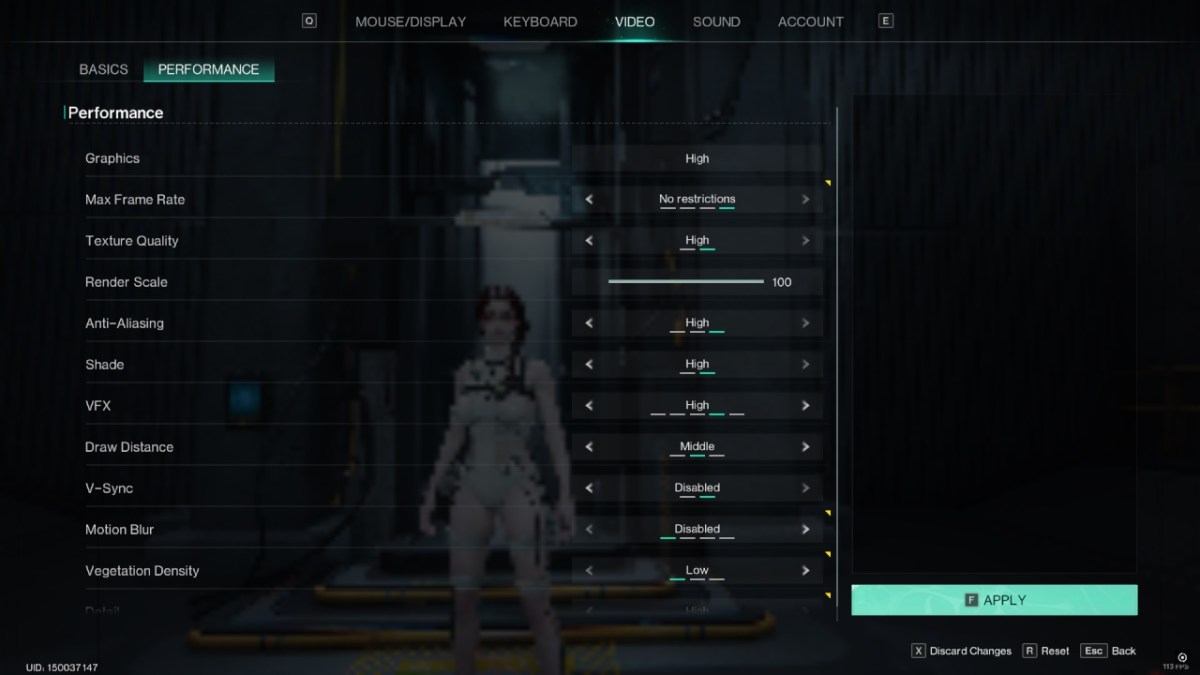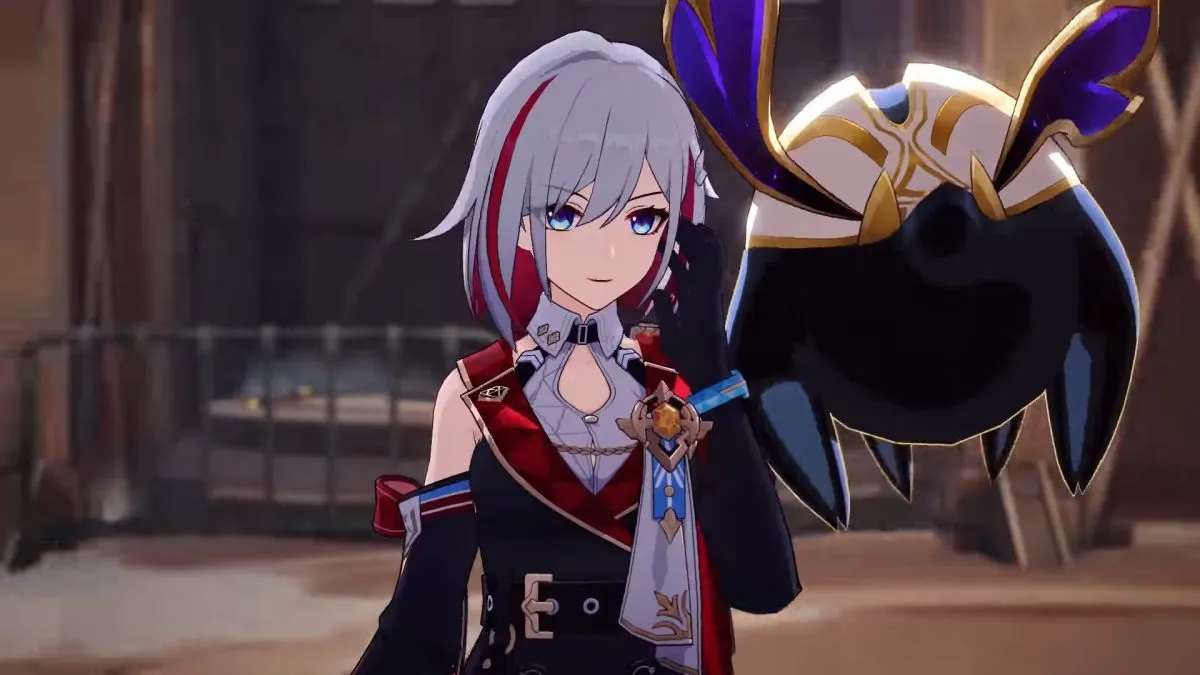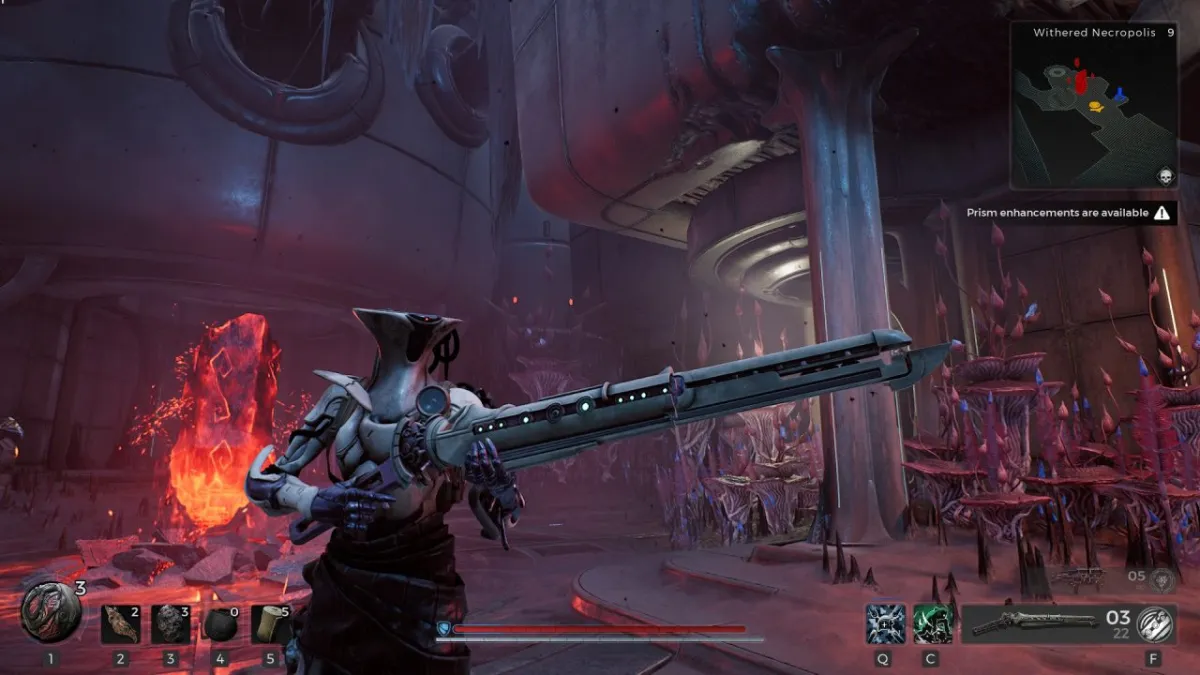Once Human is an ambitious open-world game that I hope to spend many hours in. If you’re like me and you want the environment to look as good as possible, here are the best PC graphics and performance settings for Once Human.
How to change graphics settings in Once Human
Before we dive into the settings, let me quickly explain where to find them. You can access Once Human’s settings from the Main Menu or Pause Menu. The first tab that opens is the Gameplay options, most of which are personal preferences.
To tweak your graphics settings, scroll over to the Video Tab and choose Performance. These are the settings I’ll be covering in this guide, although I recommend you change a couple of settings in the Gameplay options.
Screen Shake Intensity is set to 90 by default, which is pretty high. I rarely find the screen shaking adds anything to a game, so I’ve dropped mine down to 20.
I’ve also changed my Camera Distance to 50. Increasing this setting pulls the camera away from your character so you can see a little more around you.
Best Graphics Settings for Once Human

With so many different PC configurations, I can’t provide a detailed list of settings that will work for everyone. That said, here’s what I’m using, and I’ll explain some of my changes afterward.
Video Basics Settings
- Display Mode: Full Screen
- Resolution: 1920×1080
- Brightness: 50
You can keep your Resolution settings to their defaults, as they should match your monitor. I’d usually go with a Borderless setting, but as that’s unavailable in Once Human, Full Screen will have to do. If you’re noticing stutters, it’s worth trying Windowed mode to see if it fixes the problem.
The best Brightness settings depend entirely on your monitor, but 50, for me, looks great without any noticeable washed-out colors.
Video Performance Settings
- Graphics: High
- Max Framerate: 120 FPS
- Texture Quality: High
- Anti-Aliasing: High
- Shade: High
- VFX: High
- Draw Distance: Middle
- V-Sync: Disabled
- Motion Blur: Disabled
- Vegetation Density: Low
- Detail: High
Most of my settings are the defaults, but I’ve made some notable changes. I find Once Human runs fine at 120 FPS for me, but you can uncap it entirely if you’ve got a monster PC.
My frame counter reads below 120FPS most of the time and is usually between 90-100. Either way, this is comfortable, and I can’t notice the drops. 60FPS is absolutely fine as well if you’re noticing dips at higher Framerates.
Draw Distance doesn’t affect other players, so you won’t get any kind of advantage by increasing it. With this in mind, I’ve kept mine as “Middle.”
Finally, I’ve turned off Motion Blur entirely, but this is a personal preference. In my opinion, Motion Blur rarely improves my experience in games, so I turn it off whenever possible. Feel free to experiment, especially in the PvE mode, where you’re not competing with other players.
Graphics settings are important, but your server choices also matter in Once Human. Make sure to learn the differences between them, as they cater to dramatically different playstyles.







Published: Jul 9, 2024 06:37 pm